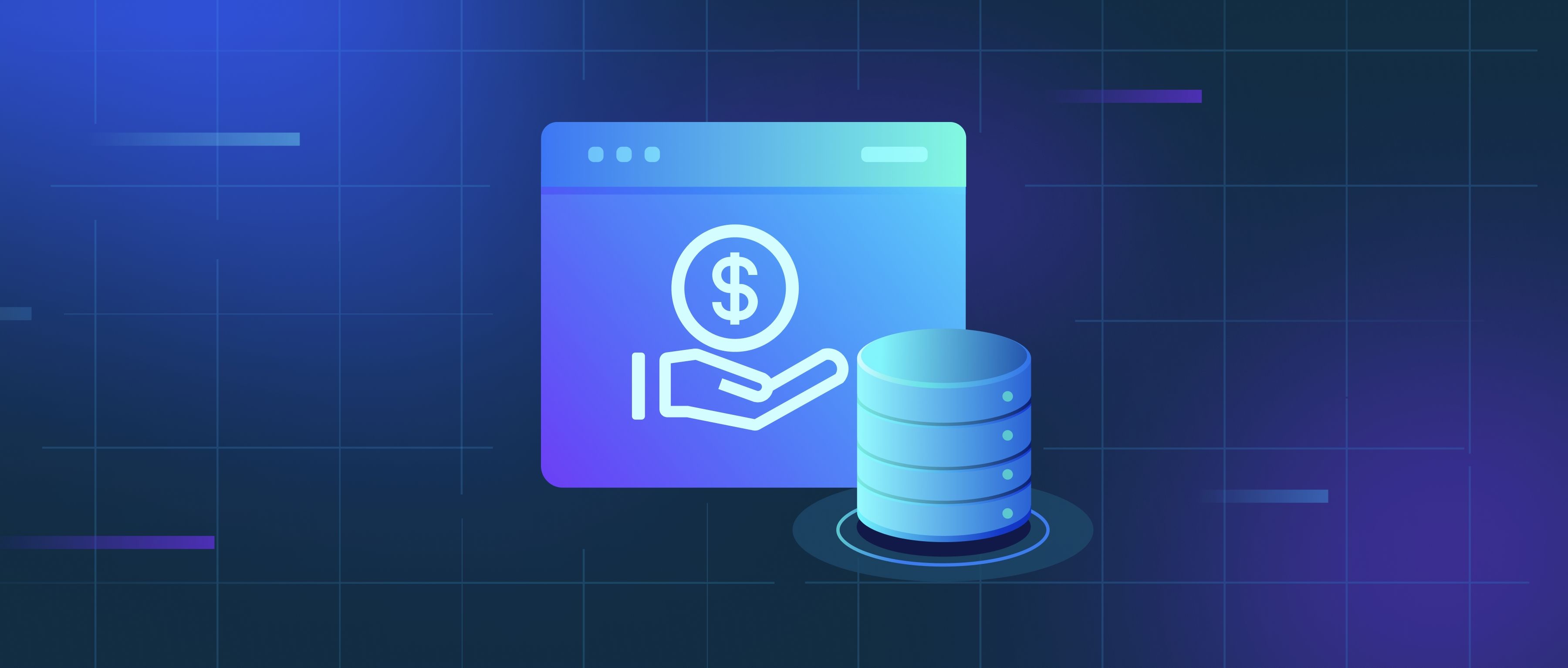Constructing an index for large-scale similarity search typically involves three core steps: data preprocessing, quantizer training (for vector compression), and graph construction (for connectivity). These steps vary in complexity and resource requirements depending on the dataset size. For example, in methods like Product Quantization (PQ), preprocessing might involve normalizing vectors and splitting them into subvectors. Training quantizers then uses algorithms like k-means on each subvector subset to create codebooks. Graph-based methods like Hierarchical Navigable Small World (HNSW) build layers of connected nodes, prioritizing short-range and long-range links for efficient traversal. Each step directly interacts with the dataset’s dimensions and scale.
Scaling these steps depends on their computational complexity. Quantizer training (e.g., k-means) typically scales linearly with dataset size n and subvector dimensions, but it requires holding all data in memory during training, which becomes costly for massive datasets. Graph construction in HNSW has a time complexity of O(n log n) due to the hierarchical layer insertion process, where each new point connects to existing nodes based on proximity. Memory usage grows with the number of connections per node, which is often fixed (e.g., 16-64 links per node) to balance search speed and memory. For billion-scale datasets, distributed training or approximate methods (like subsampling during k-means) are often needed to avoid bottlenecks.
Practical implementations address scaling through trade-offs. For example, PQ reduces memory by compressing vectors into compact codes, but larger datasets may require more subquantizers to maintain accuracy, increasing codebook training time. Graph-based methods prioritize fast search at the expense of construction time, which can be parallelized across machines. Libraries like FAISS or Annoy optimize these steps by leveraging GPU acceleration for k-means or using approximate nearest neighbor heuristics to build graphs faster. As datasets grow, the choice of parameters (e.g., number of clusters in PQ, graph connectivity in HNSW) becomes critical to balance latency, accuracy, and resource constraints.
